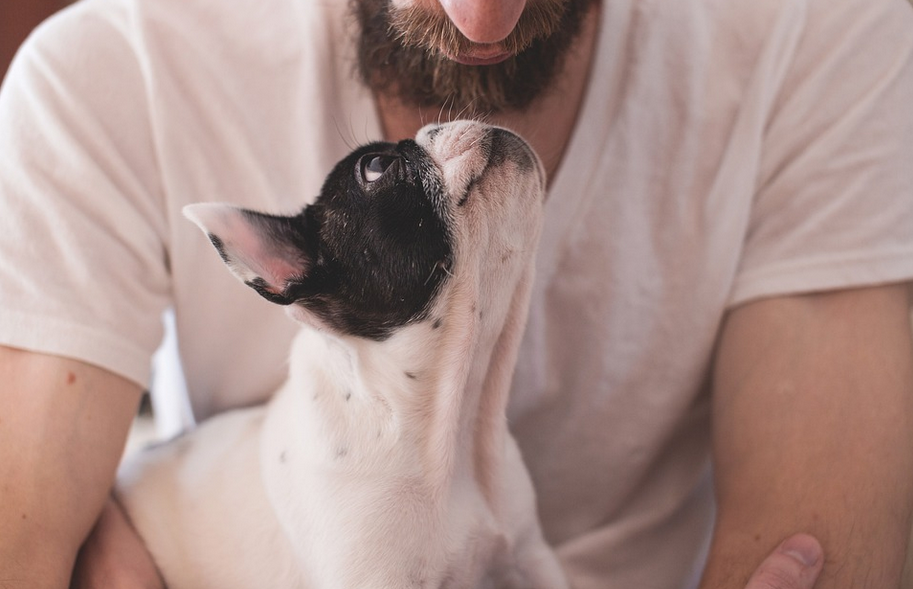Can Pets Meditate? A New Look at Calming Techniques for Anxious Animals
If you’ve ever caught your dog staring peacefully into space or your cat purring in a sunbeam like a tiny zen master, you might’ve wondered—can pets meditate? While they’re not exactly chanting “om” or reading Eckhart Tolle, animals absolutely have their own way of finding calm. And just like humans, some pets need help tapping into it—especially those who struggle with anxiety.
With everything from fireworks and separation anxiety to vet visits and car rides, pets can get overwhelmed in today’s noisy, fast-paced world. But a new wave of mindfulness-inspired calming techniques is showing promise—not just in humans, but in our four-legged friends, too. So, let’s explore whether our pets can “meditate” in their own way, and how we can help guide them there.
The Science of Animal Anxiety
First, let’s get one thing straight: pet anxiety is very real. Dogs, cats, and even smaller critters can experience stress that shows up as destructive behavior, shaking, whining, hiding, or aggression. It’s often rooted in fear or overstimulation—and it activates the same fight-or-flight responses we experience. Recognizing anxiety as a legitimate emotional state in animals is the first step toward helping them manage it better.
Calm Is Contagious
![]()
One of the most interesting things about animals is how deeply they pick up on our energy. If you’re anxious, chances are your pet feels it too. That’s where mindfulness comes in—not for them, but for you. Slowing down your breath, lowering your voice, and being present during moments of stress (like thunderstorms or vet visits) can signal to your pet that things are okay. Your calm becomes their cue, creating a ripple effect that helps them settle.
Music, Breath, and Rhythm
No, your pet isn’t going to follow a guided meditation—but they absolutely respond to sound and rhythm. Studies show that certain types of music—especially classical and soft instrumental—can lower stress in dogs and cats. Some companies even produce music specifically designed for pets’ frequencies. Combine that with your own slow, rhythmic breathing while you sit beside them, and you’ve got a meditation-inspired moment of calm that doesn’t require a yoga mat or incense.
Scent and Surroundings Matter
![]()
Think of your pet’s environment like their meditation space. Is it loud, chaotic, or overstimulating? Calming your pet often starts with curating their surroundings. Essential oils (used safely), pheromone diffusers, and cozy, quiet spaces all contribute to helping them feel safe. It’s not exactly a mindfulness retreat, but it serves a similar purpose: reducing sensory input so they can relax into stillness.
Touch and Tactile Therapy
Ever notice how a long, slow petting session can calm both you and your animal? That’s not a coincidence. Gentle touch—especially in rhythmic, repetitive motions—can have a grounding effect. Some pets respond well to massage, brushing, or simply resting a hand on them with slow, steady breathing. These rituals become a shared mindfulness moment, fostering trust and connection.
Your pet may never master a lotus pose or attend a silent retreat, but they do have their own version of mindfulness. With your help, they can access it more often—through calm energy, thoughtful environments, and soothing sensory input. Helping an anxious pet isn’t about forcing them into stillness. It’s about creating conditions where they can naturally settle—just like us.

